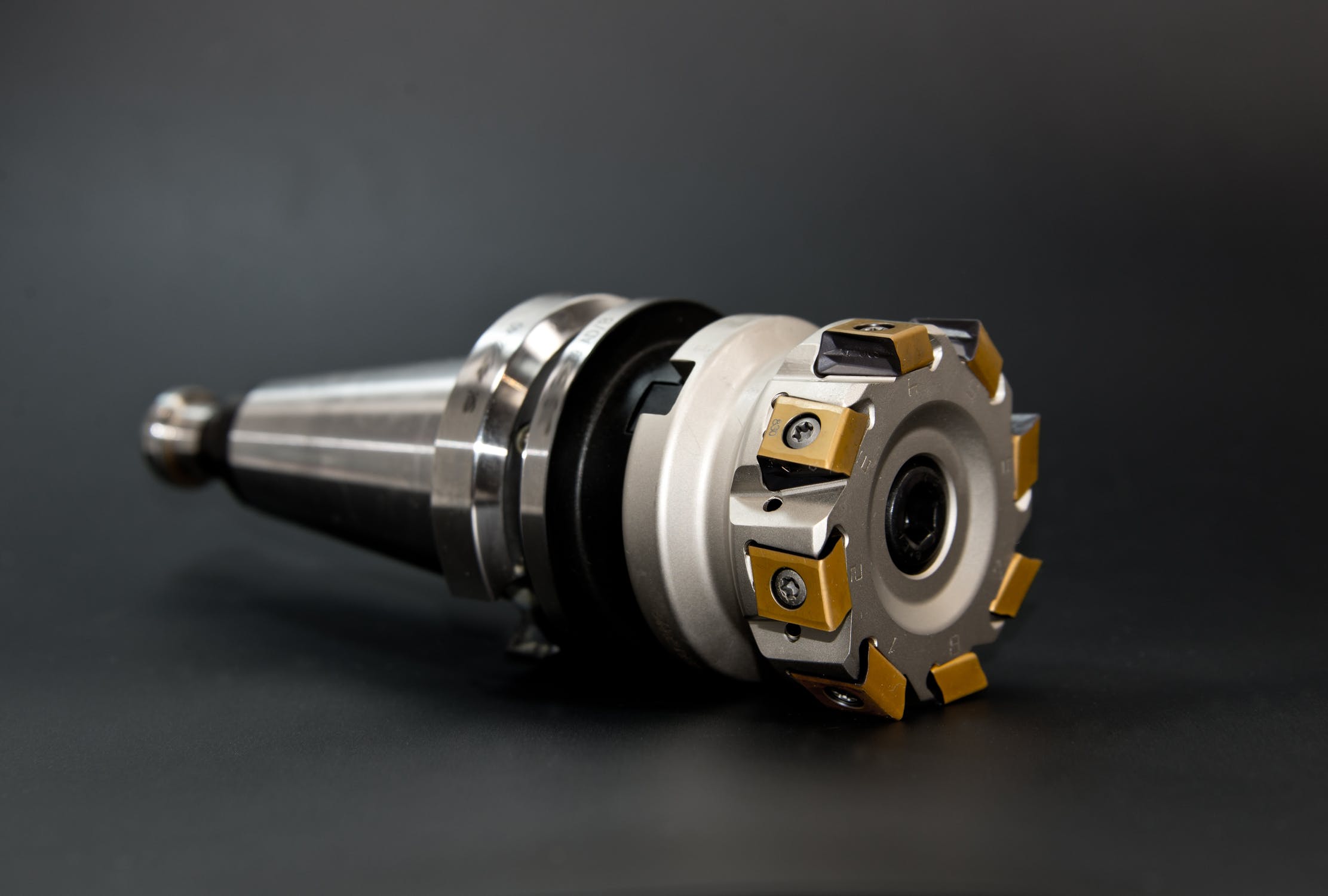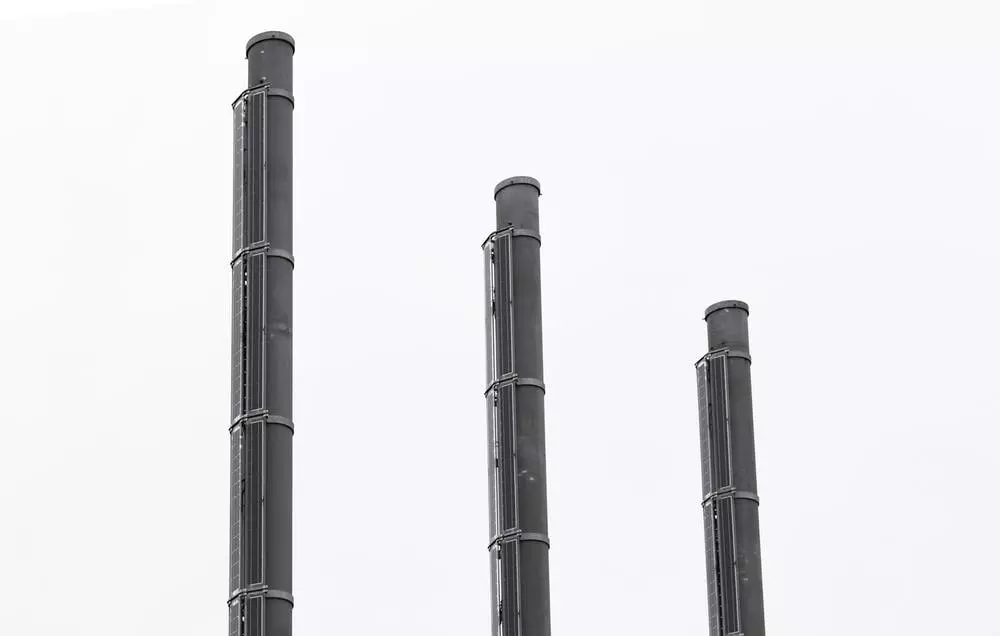Comments (4)
Adam Gardner
The longer you keep your stocks, the more costs you need.
Steph Bowles
Awesome tips, Daniel! Thank you.
Katy Jackson
Great job!
Jacob Tumlin
Newbie here, excellent overview.

CNC machines are a wonder at producing lower-cost high-volume production runs for parts and pieces in industries across the board from automotive to energy.
However, there are still tips and tricks that companies can use to further reduce expenses. Here are a few things to consider if you’re trying to decrease costs and increase your profit margins.

As a CNC machinist, your goal is to produce excellent quality products for your clients. Accepting jobs is part of the process. However, not all jobs are going to be a good fit for your shop and machines.
It’s always exciting to take on a job that might be a little bit of a stretch for your CNC machine services company. These are opportunities for you to work harder, excel at product creation, and gain experience so you can continue challenging yourself and growing your companies ability to meet customer demand. If, however, the job request is too far outside of the range of expertise or machining capability, you’ll end up losing far more time and cost than the experience is worth.
In general, when accepting jobs, keep these questions in mind:
Answering these questions will help you determine whether a project is a good fit or if it’s something you should pass on, instead. Choosing projects that will stretch and grow your company is good. These projects should not if it will put you in the hole, take time away from other ongoing projects, or leave you with excess equipment you’re not likely to use again.
Choosing the right materials can take something of a knack to get right. New machinists sometimes assume the best metal is the hardest but what they often forget is that the hardest metals are also the most costly to produce.
It’s important to work through a careful selection process in order to determine the best all-around material. When picking a material, ask yourself these questions:
Once you have a list of several materials, narrow them down carefully by choosing the best one which offers you the properties you need at the best price available. The best material should fit well within your budget while serving your purposes.

One of the most important ways to reduce costs is to analyze how your machine shop functions. Look for times when machines aren’t running and ask why they’re sitting idle. Consider how much time it takes to change a machine over to a new project when one is finished. While you may not be able to transition into a full lights-out operation, you shouldn’t have machines sitting idle when there are work orders backed up or products you can be running that you know will be ordered in the coming months. Ask yourself these questions to gauge shop floor productivity:
Analyzing holes in your downtime and changeover process is critical to max out every possible opportunity to get your shop functioning at full capacity and save on costs. Ask yourself the hard questions and look for unconventional answers to fill dead space and downtime in your production schedule.
The longer you keep your stocks, the more costs you need.
Awesome tips, Daniel! Thank you.
Great job!
Newbie here, excellent overview.
Leave your comments
Post comment as a guest